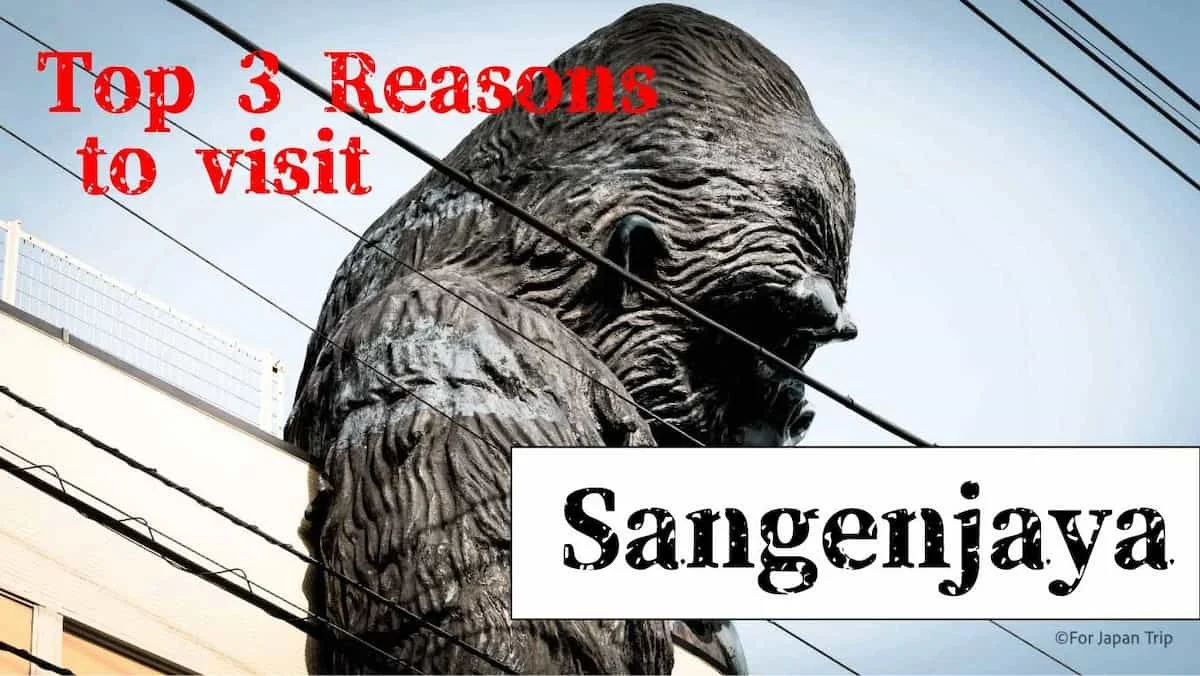Top 3 Attractions in Kita-senju, Tokyo Travel
※updated on July 20 2025
About 20 minutes by train from JR Tokyo Station, Kita-Senju, located in Adachi City, Tokyo, is a historic town that once thrived as Senju-shuku, a post town during the Edo period.
Kita-Senju played an important role as the first post town on the Nikkō Kaidō and Ōshū Kaidō, two of the five major highways established by the Tokugawa Shogunate. Even today, you can still find stone-paved alleys and old buildings scattered throughout the town, preserving the atmosphere of the Edo era. These features make Kita-Senju a popular destination for history enthusiasts and those who enjoy walking tours.
In contrast, recent redevelopment has brought new life to the area, with campuses of Tokyo Denki University and Tokyo University of the Arts establishing it as a “student town.” The blend of youthful energy and local culture has transformed Kita-Senju into a unique area where vintage charm meets urban vibrancy.
Here, we introduce three recommended spots to visit in Kita-Senju.
1) Shukuba-machi Street Shopping District / Senju Honcho Shopping Street
One of the biggest appeals of Kita-Senju is the chance to enjoy authentic local food at reasonable prices. Several shopping streets are located around Kita-Senju Station, with the most lively being the Shukuba-machi Street Shopping District and the Senju Honcho Shopping Street, both just a 3-minute walk from the station. These areas are perfect for soaking in the local atmosphere.
Lined with hundreds of diverse shops, you’ll find beloved local ramen joints, affordable sweets made from natural ingredients, and visually striking dishes like roast beef curry topped with creamy mashed potatoes. There are also retro-style cafés that have stood the test of time, offering a nostalgic experience. With so many shops, there’s always something new to discover—making every visit enjoyable.
In the evenings, izakayas (Japanese pubs) come to life. Locals gather with beers in hand, creating a lively and welcoming scene. You can enjoy freshly grilled yakitori, beef dishes, and more—all at budget-friendly prices thanks to the shopping street setting.
Though still relatively undiscovered by tourists, these shopping streets are deeply rooted in the daily lives of local residents. For those looking to experience Tokyo’s authentic, local side, this is a hidden gem worth exploring.
2) Niji-no-Hiroba (Rainbow Plaza)
Located along the Arakawa River on the north side of Kita-Senju, Niji-no-Hiroba—meaning “Rainbow Plaza”—is a spacious, open area perfect for relaxation and recreation. In Tokyo, many riverbanks are developed into public sports and leisure spaces, and this area is no exception.
Here, you'll find well-maintained baseball fields where students and locals enjoy games on weekends. The plaza gets its name from the vibrant flowers planted in rainbow-like arrangements, creating a colorful and picturesque view. Combined with passing trains over the river and seasonal natural beauty, it offers a truly scenic experience.
You can even spot the Tokyo Skytree in the distance, blending urban charm with natural tranquility. The area is calm and uncrowded, making it a great spot for a peaceful stroll or a quiet moment away from the city’s hustle and bustle.
Whether you're seeking nature, views, or a unique Tokyo experience, Niji-no-Hiroba offers a refreshing escape just minutes from the urban center.
3) Statue of Matsuo Bashō
Matsuo Bashō was one of Japan’s most celebrated poets during the Edo period, known for elevating haiku, a short poetic form, into a true art. He is also famous for his travel journal Oku no Hosomichi (“The Narrow Road to the Deep North”), which beautifully captures his poetic journeys across Japan.
Bashō used just 17 syllables to express profound beauty and emotion found in nature and daily life. One of his most well-known haiku, recognized even worldwide, is:
An old pond—
a frog jumps in,
the sound of water.
Through his extensive travels, Bashō composed many haiku reflecting the landscapes and lives of people across Japan. His work embodies traditional Japanese views of nature and the heart, remaining beloved even today.
Kita-Senju has a deep connection with Bashō, and a statue in his honor stands in the area. If you're interested in Japanese culture, visiting Kita-Senju and learning about Bashō is a meaningful and enriching experience.
Kita-Senju is an area where traditional charm is carefully preserved and thoughtfully integrated into modern urban design. That’s why the more you grow to love Japan, the more likely you are to fall in love with Kita-Senju as well.
If you’re a returning visitor to Tokyo and looking to explore somewhere new and authentic, Kita-Senju is definitely worth a visit.
Similar Contents
Potential Area










